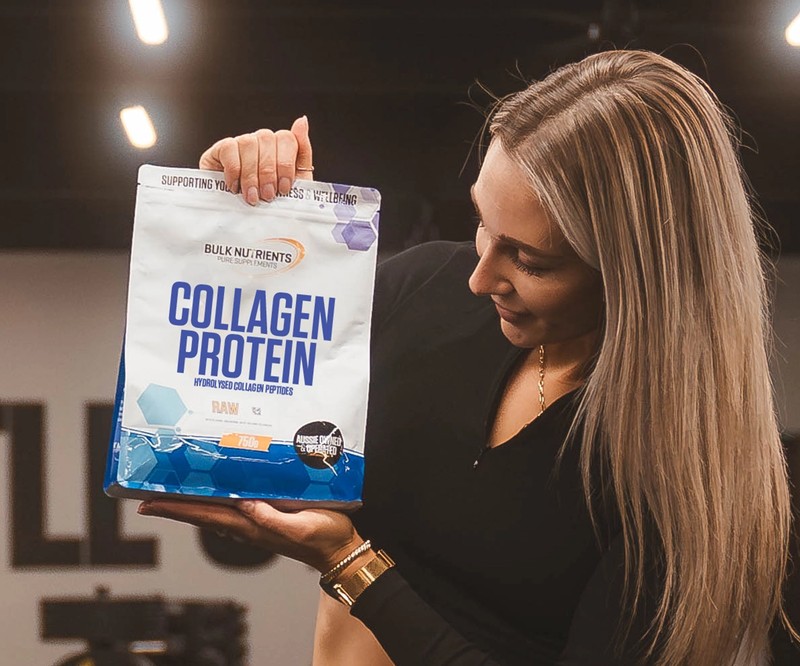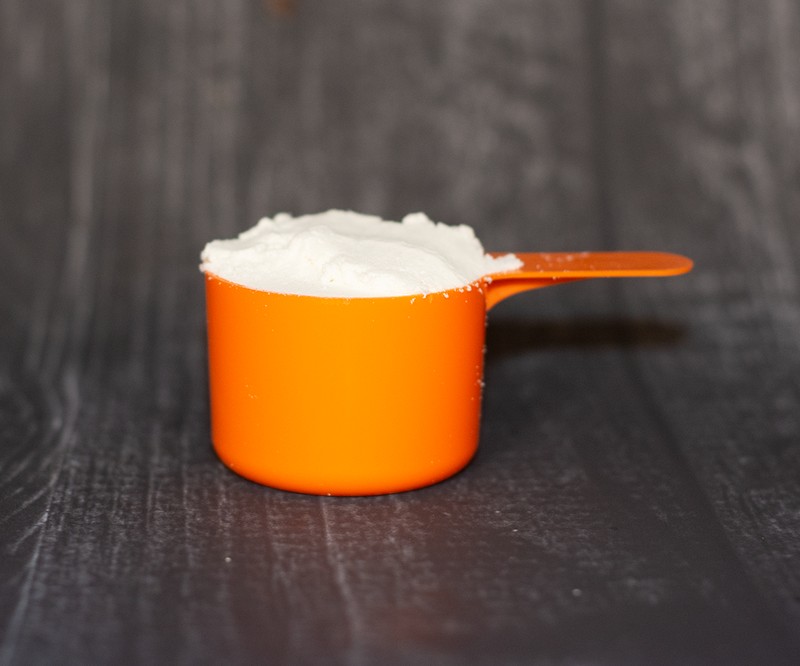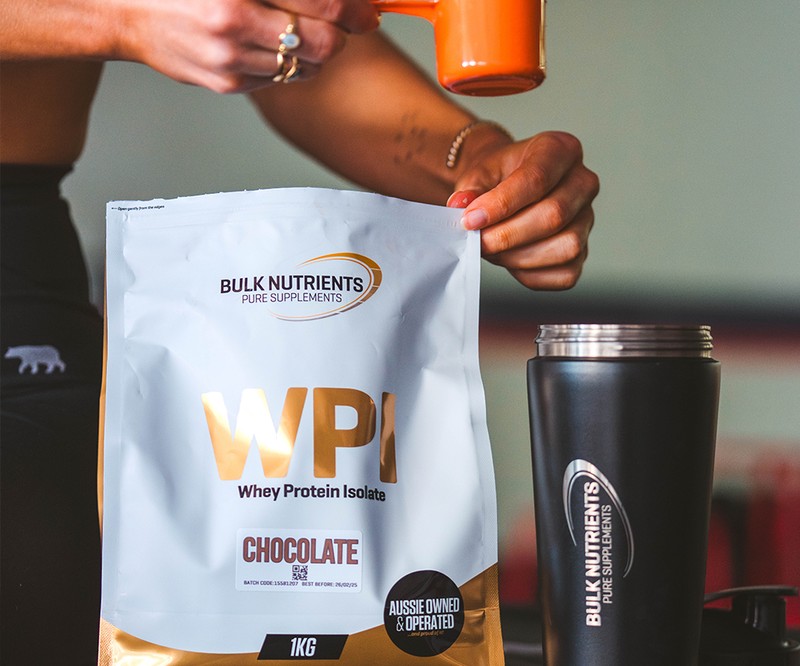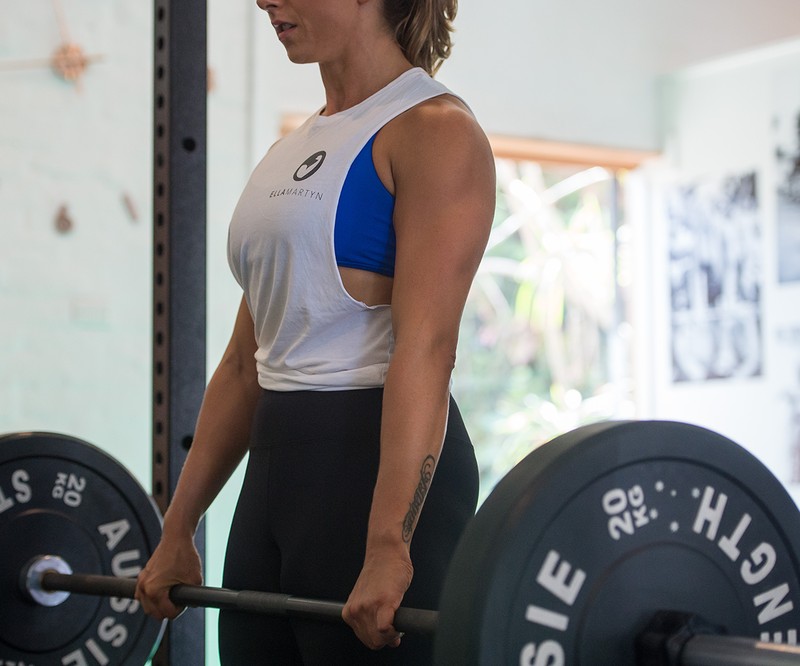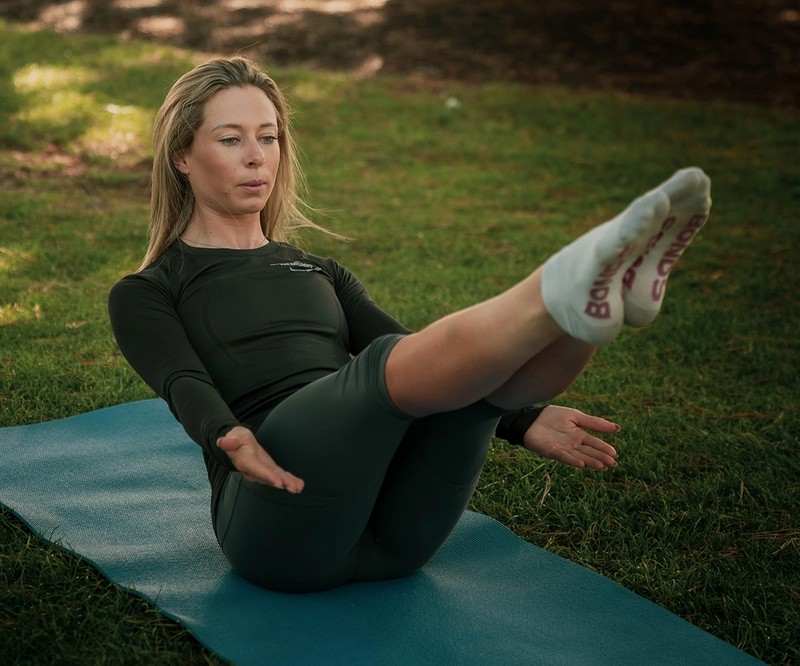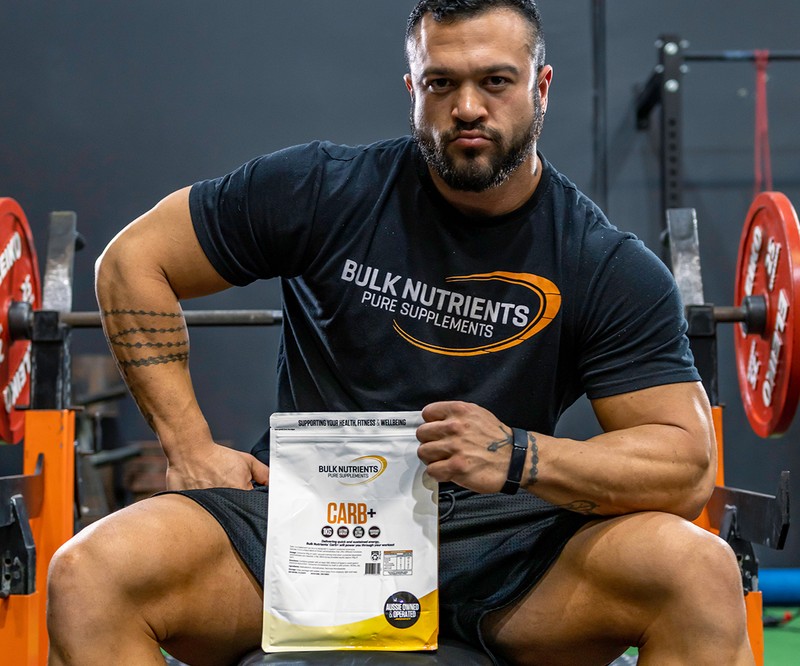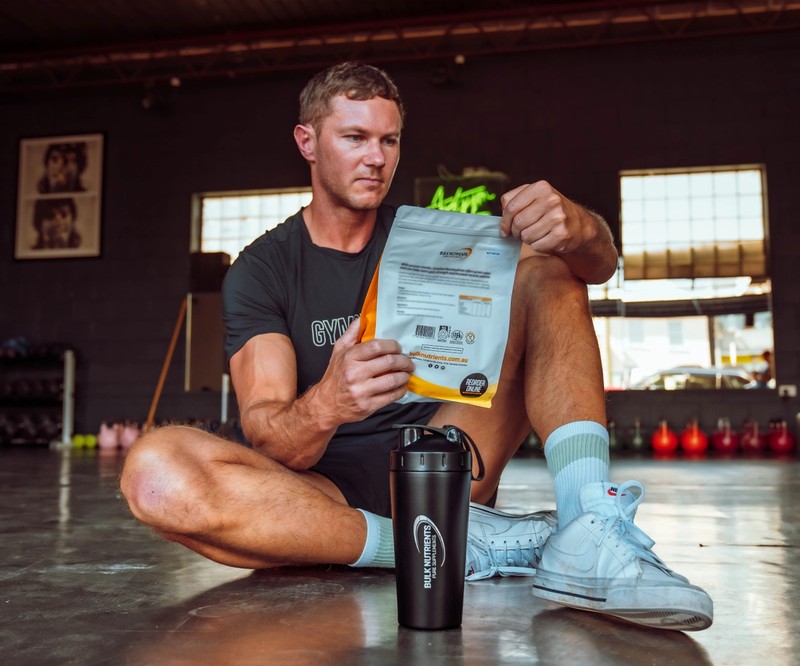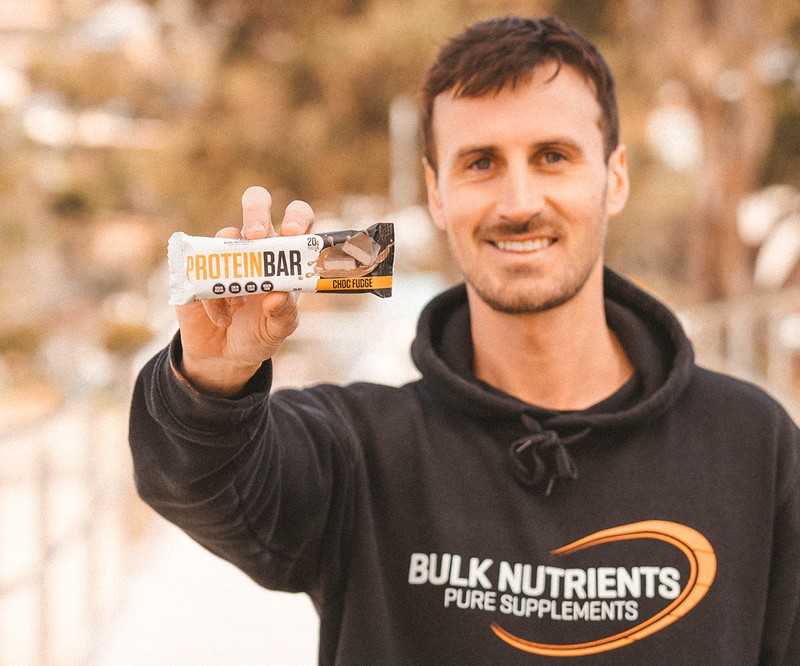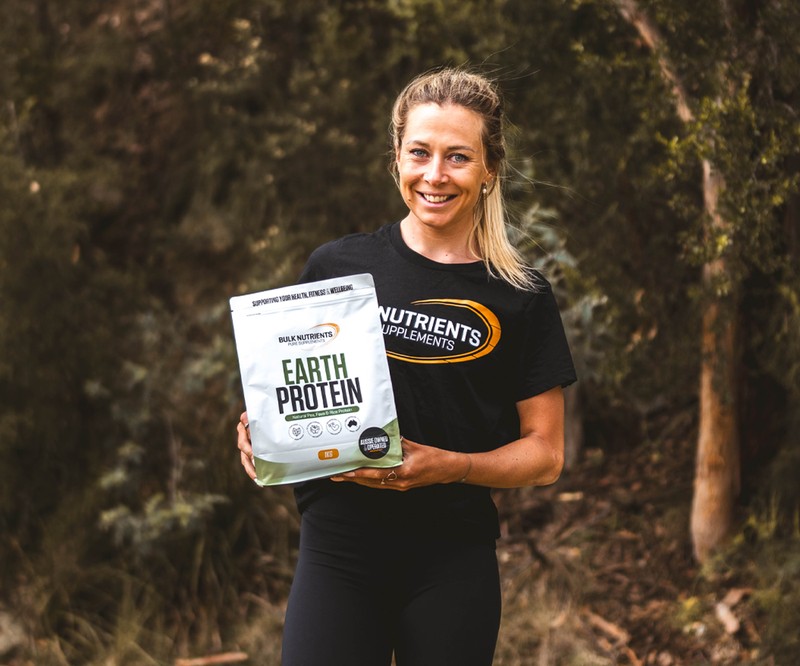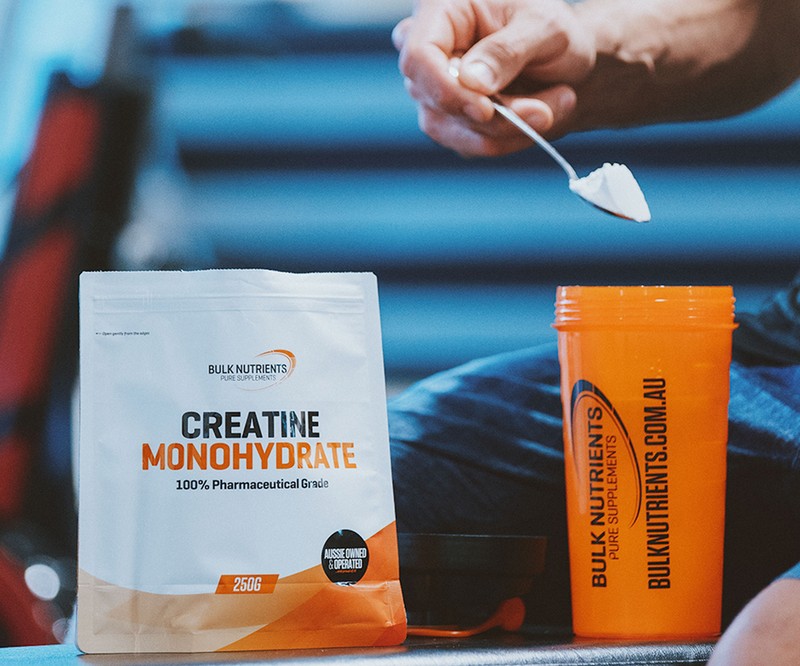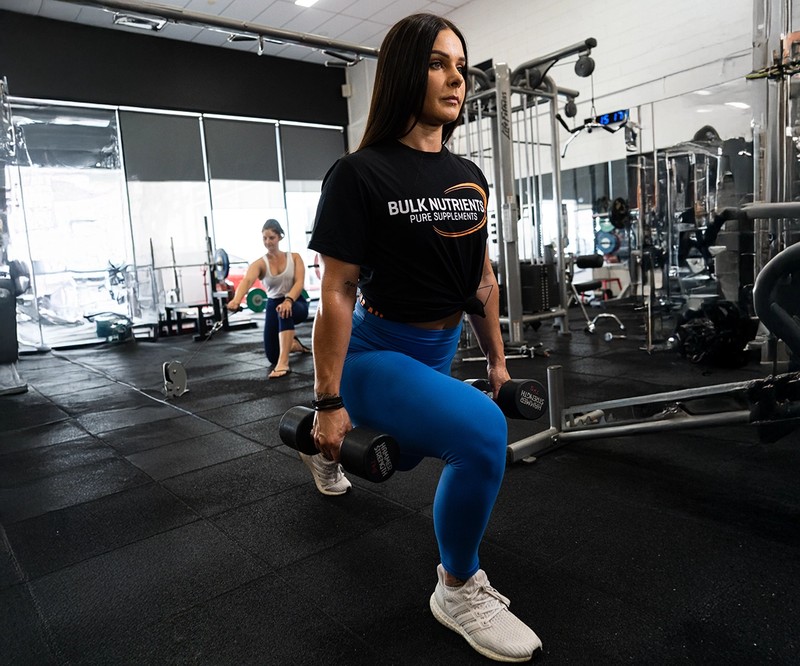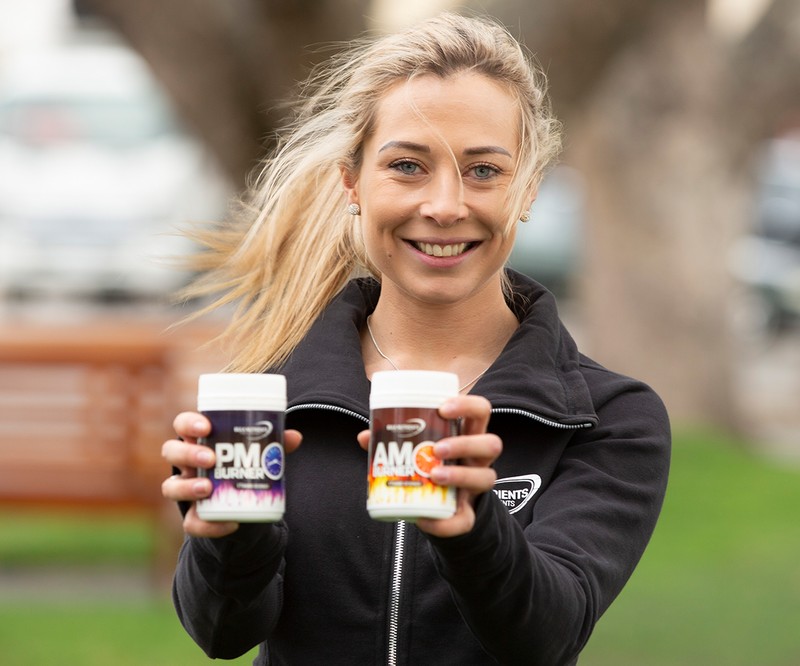Crushing Three Massive Cardio Myths

Cardio, love it or hate it!
Despite cardio mostly being a giant suck, it’s certainly a handy tool to have in the fat loss utility belt.
Of course, the benefits of cardio don’t finish with a tight bum and six pack. As physical activity is the single highest modifiable risk factor for a variety of diseases including diabetes mellitus, cardiovascular disease, obesity, and high blood pressure, adding in some cardio into your weekly regimen won’t just help you dice up, but it could be putting years on your life’s expiry date.
And just in case you’re not concerned with the sand left in your hourglass, cardio is your best means for improving physical and musculoskeletal fitness, and subsequently reducing your risk of injury or chronic pains.
While cardio has a number of beneficial claims supported by the evidence, many of the claims are not.
In the next sections, I will decipher three common cardio myths that perhaps you were unaware of!
Do you just eat back the calories burned from cardio?
‘Cardio haters’ have claimed that performing cardio is a poor tool for body composition adjustment because we incur a corresponding increase in hunger levels afterwards that causes us to eat back the extra calories burned.
However, is this true?
In one study, 1 hour before lunch participants completed 60 minutes of cycling cardio or stayed at rest (control). Ad libitum food intake after the exercise session was then recorded until the next breakfast.
Over 24 hours, the calories consumed were higher after exercise compared to rest, but only compensated for ~40% of the calories burned during the cardio.
So, what does this tell us?
Yes, cardio is still effective for weight loss. Even if you’re eating intuitively (not tracking macros), appetite won’t increase in such a way that you “eat back” all the extra calories burned. If you do cardio, it’s a viable tool for widening the calorie deficit or keeping your energy surplus under wraps.

Do fitter and leaner people get more benefits from cardio?
Something common in research studies investigating cardio is that inter-individual variation is high. It’s been speculated that people with low-fatness and high fitness respond differently to people with high-fatness and low fitness.
In a follow up analysis to the above study, researchers attempted to answer this question by grouping participants by their fitness (VO2 max, weekly hours of physical activity) and relative fatness.
Interestingly the participants with higher fatness and lower fitness compensated for more of the exercise calories (eating 50% of the calories burned) compared to the less fat and more fit participants who only compensated for 38% of the cycling calories.
What does this mean?
If you’re overfat and unfit, it’s likely you’ll receive LESS benefits from cardio by compensating more in your eating (or feeling hungrier afterwards). More reason to trim the holiday fluff and get the joggers on!

Will cardio ruin your gains?
If we consult the training principle of specificity, this dictates that training should be appropriate to the sport for which the individual is intending to compete in. Meaning in simple terms, to get better at a skill, you practice the skill.
Training for strength and training for endurance tend to cause rather different muscle adaptations. As such, endurance athletes are typically reluctant to include heavy strength training as part of their normal training, as this would undermine the principle of specificity. Vice versa, bodybuilders and strength athletes often turn their noses up at cardio in fear of compromising their precious muscles or WILKS score.
Is it true that high volumes of endurance training or cardio will interfere with strength training adaptations and muscle growth? Thankfully some researchers from Norway tackled this question.
The purpose of the study was to compare the effect on strength adaptations after 12 weeks of strength training combined with a large volume of endurance training (cardio), or strength training alone.
Well-trained cyclists with no strength training experience performed heavy strength training twice a week in addition to a high volume of endurance training over the 12-week period. A group of similar individuals performed the same strength training, but without added endurance training. Thigh muscle cross-sectional area, 1 repetition maximum (1RM) in leg exercises, squat jump performance, and peak rate of force development were measured.
Following the intervention period, both groups increased 1RM leg strength, thigh muscle cross-sectional area (muscle growth), and squat jump performance. But here is the kicker, the relative improvements in the strength training only group were greater than in the strength and endurance training group! The strength training only group increased peak rate of force development while the strength and endurance training group did not.
To the best of the researchers’ knowledge, this was the first controlled study to demonstrate that the strength training response on muscle hypertrophy, 1RM strength, squat jump performance, and peak rate of force development is slowed in well-trained endurance athletes during a period of concurrent training (strength and cardio training combined).
So, what can we make of this?
If your primary intention is to get as big and as strong as possible, consult the principle of training specificity. If you want to be strong, strength train. If you want to be huge, train like a bodybuilder.
If your goals are to get fitter and to get stronger at the same time, that’s okay (both groups in this study still got stronger and bigger after all). Just remember, you won’t make as much progress in either of the pursuits concurrently compared to if you prioritised one over the other. Own that decision.
Doing excessive amounts of cardio during a contest prep while muscle anabolism is already reduced, could be a recipe for further strength and muscle losses.
If you are an endurance athlete, there are still benefits to strength training! Even when strength training was added to a high volume of endurance work, leg strength, jump height and muscle size all increased. Just because you might not grow as much as a bodybuilder in the gym 6 times a week, doesn’t mean it isn’t worth doing! It’s an interference effect, not a prevention effect!

Jackson Peos
Jackson Peos has completed a PhD at the University of Western Australia, and has a straightforward approach to nutrition and supplements.
He's completed his BSc in Sports Science, and Exercise & Health, and his BSc (Hons) in Exercise Physiology.
References:
- Charlot, K., & Chapelot, D. (2013). Energy compensation after an aerobic exercise session in high-fat/low-fit and low-fat/high-fit young male subjects. The British journal of nutrition, 110(6), 1133–1142. https://doi.org/10.1017/S0007114513000044
- Hawley J. A. (2008). Specificity of training adaptation: time for a rethink?. The Journal of physiology, 586(1), 1–2. https://doi.org/10.1113/jphysiol.2007.147397
- Melanson, E. L., Keadle, S. K., Donnelly, J. E., Braun, B., & King, N. A. (2013). Resistance to exercise-induced weight loss: compensatory behavioral adaptations. Medicine and science in sports and exercise, 45(8), 1600–1609. https://doi.org/10.1249/MSS.0b013e31828ba942
- Reiner, M., Niermann, C., Jekauc, D. et al. Long-term health benefits of physical activity – a systematic review of longitudinal studies. BMC Public Health 13, 813 (2013). https://doi.org/10.1186/1471-2458-13-813
- Rønnestad, B. R., Hansen, E. A., & Raastad, T. (2012). High volume of endurance training impairs adaptations to 12 weeks of strength training in well-trained endurance athletes. European journal of applied physiology, 112(4), 1457–1466. https://doi.org/10.1007/s00421-011-2112-z
- Warburton, D. E., Nicol, C. W., & Bredin, S. S. (2006). Health benefits of physical activity: the evidence. CMAJ : Canadian Medical Association journal = journal de l'Associationmedicalecanadienne, 174(6), 801–809. https://doi.org/10.1503/cmaj.051351
Related Blogs

5 Myths About Fat Loss Holding Your Diet Back
Posted by Bulk Nutrients
Estimated reading time: 7 minutes

4 Supplements Myths That Might Be Holding You Back
Posted by Bulk Nutrients
Estimated reading time: 6 minutes

Cardio for fat loss: Fasted or fed?
Posted by Ellie Hearn
Estimated reading time: 5 minutes




